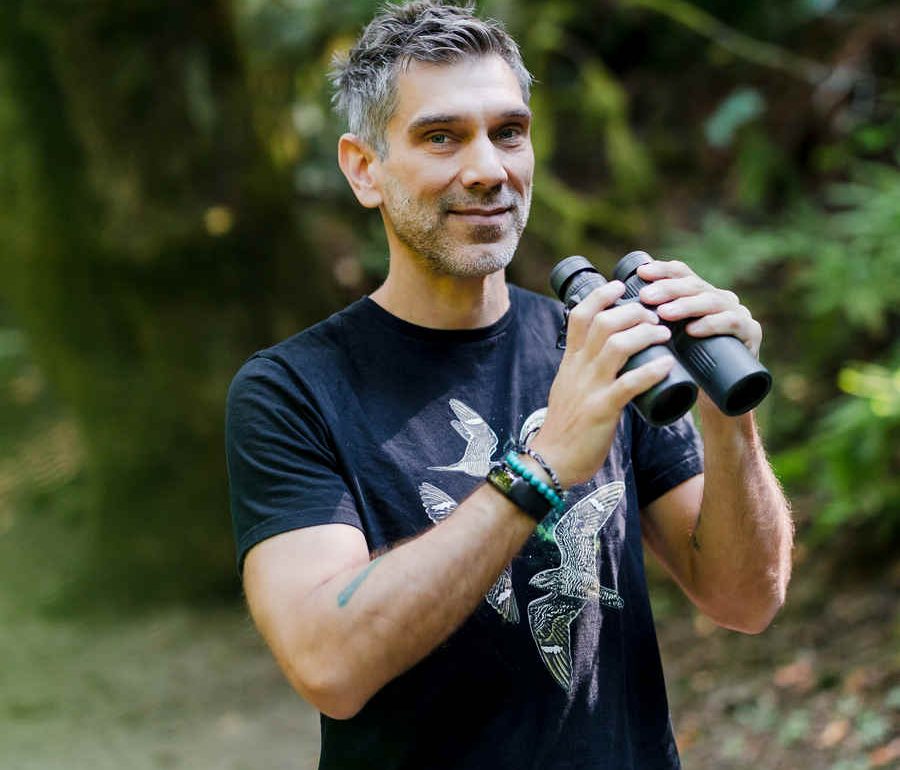
Ivan is the creator and host of The Science of Birds podcast, which has been running for five years and now features more than 120 episodes. The show focuses on ornithology—the biology of birds—while remaining accessible to a wide audience of birders and nature enthusiasts. He is also the co-owner of the birding tour company Wild Latitudes, spending much of his time traveling the world to lead birding tours. A passionate birder and naturalist, Ivan considers himself first and foremost a science communicator. Through his podcast and field work, he aims to inspire a deeper understanding and love not only of birds, but of science and natural history as a whole. We were happy to get him to do an interview with 10,000 Birds.
Why should anyone interested in birds spend time with a podcast when they could read about birds on 10,000 Birds?
10,000 Birds is a fantastic online resource, no question. Podcasts provide a great alternative to those people who prefer to learn by listening, because it fits their busy lifestyle or simply matches how they take in information. Audio lets you learn while driving, jogging, glassblowing, or whatever. And it turns out listening to podcasts is somewhat safer than reading a blog post while driving?
We’re lucky to live in a time when so many forms of free educational, entertaining media coexist. People can learn with textbooks, websites, podcasts, and videos. I’ve started experimenting with YouTube for The Science of Birds, which adds another layer to my content, with its own strengths. Different people gravitate to different formats, and I love that my podcast is one of those options.
Do you have a favorite bird species or bird family?
That’s always a hard question! I keep an ever-growing list of favorite species, and rarely does one drop off. If someone forced me to choose a single favorite, I’d probably say the Green Jay—so much so that it’s the subject of my one and only bird tattoo. Other favorites on my list include Razorbill, Wallcreeper, Greater Roadrunner, Lewis’s Woodpecker, Evening Grosbeak, Chestnut-sided Shrike-Vireo, Red-breasted Nuthatch, Red-faced Warbler, Wandering Tattler, Blood Pheasant, Cedar Waxwing… and on and on.
As for families, I adore laughingthrushes (family Leiothrichidae), woodpeckers (family Picidae), and wrens (family Troglodytidae), among others (like kingfishers, sandpipers, and hornbills). Just like with species, I can’t pick only one.
Can you tell us a bit about the history of your podcast? When did you start it, and why?
The idea was simmering before 2020—I’ve long been fascinated by digital media—but the COVID-19 lockdown gave me the push. My day job as a birding tour leader for Wild Latitudes came to a sudden stop, and like many people, I wanted something meaningful to do that could also help others cope with isolation and anxiety. Birds and nature are perfect for that.
From the start, I aimed for high quality and longevity, not just a temporary project. Five years and more than 120 episodes later, the podcast has become what I consider my proudest professional accomplishment. I love it and have no plans to stop.
What are typical topics of individual episodes, and how do you come up with them?
Episodes usually alternate between deep dives on a single species or family (sometimes a genus or a broad group like seabirds) and broader bird-biology themes—anatomy, ecology, or behavior relevant to many species. Occasionally, I focus on the birds of a particular place.
When I’m traveling, I record From the Field episodes in hotel rooms about the birds and habitats I’m visiting. For example, I recently produced an episode on my travels in Japan.
Recently, I added Random Bird Thursdays, short unscripted episodes where I pick one of the world’s 11,000+ bird species at random and put it in the spotlight for 15–20 minutes.
I keep a running list of 5–10 upcoming topics, but stay flexible, sometimes changing course at the last minute. I also deliberately pace out predictable “crowd-pleasers” (like owls or penguins) so I can keep the show fresh for years.
Which topics tend to be most popular, and which are less so?
The most popular episodes feature familiar birds—especially North American backyard species—because most listeners are in the U.S. and Canada. A Northern Cardinal episode, for instance, naturally draws more plays than one on a bird characteristic of, let’s say, New Caledonia or Uganda. Episodes about rare or geographically limited species still get love, but many listeners choose the familiar birds first and (hopefully) circle back later to listen to the rest.
What kind of feedback do you receive, positive and negative?
Thankfully, the feedback is overwhelmingly positive. Listeners email heartfelt notes saying the podcast has deepened their relationship with birds or has become a family favorite. That encouragement keeps me motivated.
Negative feedback is rare but memorable. A couple of listeners objected when I gently expressed a wish that waterfowl habitat be protected for the birds’ own sake rather than primarily for hunting. A few others don’t care for my sense of humor or style—and that’s okay. I’d rather be authentic and attract the right audience than try to please everyone.
Do you have specific goals you want to achieve with the podcast?
Yes. I want to help people appreciate not only birds but science itself—how science works and how everything in nature is interconnected. I like to think of birds as sort of a “Trojan Horse” for sneaking in ideas that foster a broader scientific literacy and an understanding of natural history.
Without being heavy-handed, I hope listeners come away with a richer sense of how birds fit into ecosystems and, ultimately, how all life—including humans—is interconnected. That’s a lofty goal, but I’m happy to give it my best.
Your podcasts are long and frequent. How long does it take to prepare an episode?
Each scripted episode takes about 25 to 40 hours. Most of that is research and writing, with a couple of days for outlining and another for recording and editing. I like to choose words carefully and even craft the jokes, rather than simply riffing from an outline. I don’t think I’m a perfectionist, but I aim for precision and clarity. And even if I had more time to make multiple revisions and approach “perfection” with my episodes, there’s only so much I can do, right? I gotta live my life, too, and maybe get some sleep occasionally.
How do the economics work? Is the podcast self-financing via Patreon or mainly an ad for Wild Latitudes tours?
From the start, I hoped the podcast could be part of my career, and it is. Patreon support has grown steadily and now provides essential supplemental income, though not enough to live on by itself. I occasionally mention Wild Latitudes tours, but that wasn’t the primary motive for creating the show. Patreon donors are really the backbone, making it possible for the podcast to remain free and widely accessible.
How important is humor in your podcasts?
Very. Humor keeps the process fun for me, which prevents burnout, and it keeps listeners engaged. I like sprinkling in quirky, unexpected jokes—things no AI could convincingly fake. In an age of AI-generated media, authentic human personality stands out. A little silliness refreshes the listener’s attention and makes even dense topics more enjoyable. In theory, anyway.
What are your plans for the podcast?
I plan to keep going for many years. My newer Random Bird Thursday episodes help me publish more often without adding a huge additional workload. Beyond audio, I envision the podcast as the hub of a bigger science-communication ecosystem: more YouTube videos, perhaps live stage shows or lectures in the Science of Birds style, and maybe books. All of those would branch from the podcast while feeding back into it.
Do you frequently listen to podcasts yourself? Any recommendations for bird lovers?
I listen to podcasts on many topics, but—perhaps ironically—not so much the bird-specific ones. In part, that’s because many other podcasts focus on birding rather than bird biology. Birding is an enormous passion of mine, but I’m a wee bit less interested in listening to other people talk about it.
That said, I recommend the American Birding Association Podcast, which features interesting interviews and discussions, and Birds of a Feather Talk Together, which is more scientific, and therefore closer to my interests. I’ve also been a guest on Just the Zoo of Us, which isn’t strictly about birds but often includes them. It’s a fun show to listen to.
Given the current political situation in the U.S., how do you handle politics in your podcast?
I mostly don’t. Birders span the political spectrum, and I try to foster appreciation for birds, science, and conservation without alienating anyone.
Many listeners say the podcast is a welcome break from political noise. When conservation issues require it, I’ll note failures to protect habitat and highlight those working for positive change, but I avoid turning the show into a source of gloom and doom. My goal is to inspire joy, optimism, and positive action, not despair. I admit that it’s a hard balance to find.






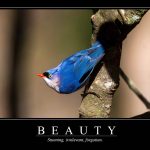
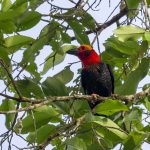
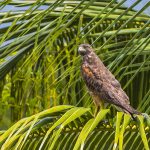
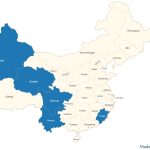
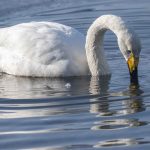
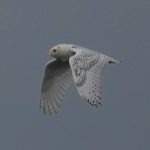
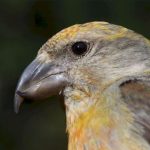
Ivan, you are the best! “The Science of Birds” for life.
Im grateful for the science of birds podcast!
Ivan thank you peaceful brother!!
Sincerely,
Lisa Giordano